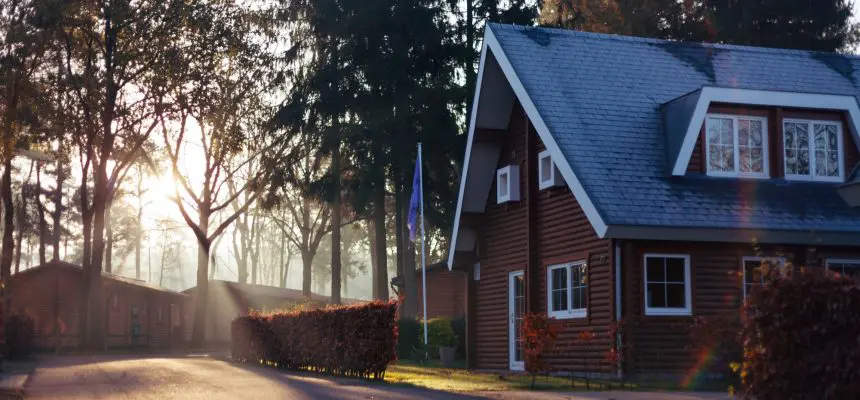While it’s true that winter is hardest on your roof, especially if you live in a northern climate that experiences extreme winter weather, such as Connecticut, New York, or New Jersey, summer also has a few threats.
The most obvious summer roof threat is summer storms. Though they are typically short, they can be dangerous. If you’ve scheduled and completed your spring roof inspection and dealt with issues, you should be ready to deal with anything summer weather can bring you, as long as a tree doesn’t fall on your home.
Not So Obvious Roof Threats
There are a few summer roof threats that you may not have thought of. These are not quite as obvious or dangerous, but can still cause damage, nonetheless. Below, we’ll explore the following:
- Heat
- UV Rays
- Thermal Shock
Heat
The first summer roof threat to your roof is the heat. Your roof is the protective layer between your home and the harsh elements. It takes the hit from the sun and is exposed to substantial heat levels during the summer. If your roof isn’t shaded, it can get up to 160 degrees when the ambient temperature is 90 degrees.
This can speed up the damaging effects of UV rays and can cause a variety of other issues as well. Heat will build up if your attic isn’t properly ventilated and insulated, resulting in the interior temperature of your home rising, causing condensation to build up.
UV Rays
The second summer roof threat is UV rays. Even when it’s cloudy, your roof is exposed to UV rays, and this type of exposure increases dramatically during the summer since there is additional sunlight. These UV rays can cause the oils in your roofing materials to dry out, and this causes asphalt shingles to buckle and wooden ones to become bleached, weaken, or crack.
Thermal Shock
The third and final summer roof threat we’ll look at is thermal shock. During the daytime, your roof reaches high temperatures- remember, up to 160 degrees when the temperature reaches 90 degrees. Then, when the sun goes down, it cools off quickly, resulting in rapid expansion and contraction of your roofing materials. Over time, this weakens their structural integrity.
Conclusion
The good thing is that damage due to heat and other summer roof threats is cumulative and builds up over time. You don’t have to be concerned that your roof will fail after a week or so of warmer temps. If your roof is less than 10 years old, you don’t have to be as concerned, especially if you practice proper maintenance procedures like scheduling regular roof inspections. However, if your roof is older, you need to know what to look for so that you can pay attention to potential issues as they develop and deal with them right away. Again, this is where regular roof inspections can help.
If your attic is well ventilated/insulated, you won’t have to worry too much about the effects of the summer heat, it will keep your roof in good shape for years. However, if your attic is not ventilated/insulated, issues are more likely to occur.
Prevention is better than the alternative, so if you live in Connecticut, New York, New Jersey, or the surrounding areas, contact A&J Reliable for your free roof inspection. We can help you determine if there are any issues with your roof and recommend repairs and improvements to ensure that your roof is safe from these and other summer roof threats.





